Spanish gastronomy is one of the most appreciated in Europe and in the world. Its traditional cuisine is made up of many other cuisines and each one of them was influenced by the climate, history and customs of each community.
In 2022, Spanish cuisine obtained third place in the ranking of the Taste Atlas gastronomic guide. This online culinary encyclopedia prepares its own ranking every year thanks to the votes of its users, which evaluates foods, ingredients and drinks.
The Spanish gastronomic offer was only surpassed by Italian and Greek food. And it is followed by food from Japan, India and Mexico.
The ranking of world cuisines prepared by Taste Atlas, with the votes of the audience for ingredients, dishes and drinks, produced a list of the best foods in Spain.
The best-rated is the 100% acorn-fed Iberian ham, followed by the cured Manchego. Other dishes that received top mentions are:
Paella
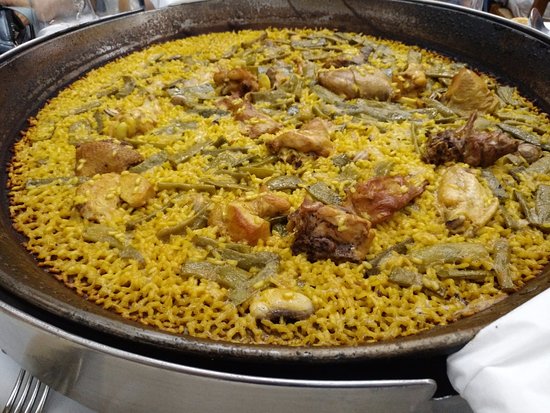
Widely acclaimed as the most popular Spanish dish, paella is a one-pot speciality. Paella has humble origins, probably originating around the Albufera lagoon, an area known for its rice fields and wildlife, where it was made with locally sourced ingredients. Another crucial element is the socarrat, the crunchy bottom layer, and the obligatory final touch of each paella. Because paella is prepared in a wide, shallow pan, the rice cooks evenly in a thin layer, allowing the grains to caramelize and crisp up underneath. The socarrat is such an essential element that it is even one of the categories of the Valencian paella contest. Always served in the pan, this Spanish classic can be found throughout the country, in endless combinations.
Sangria
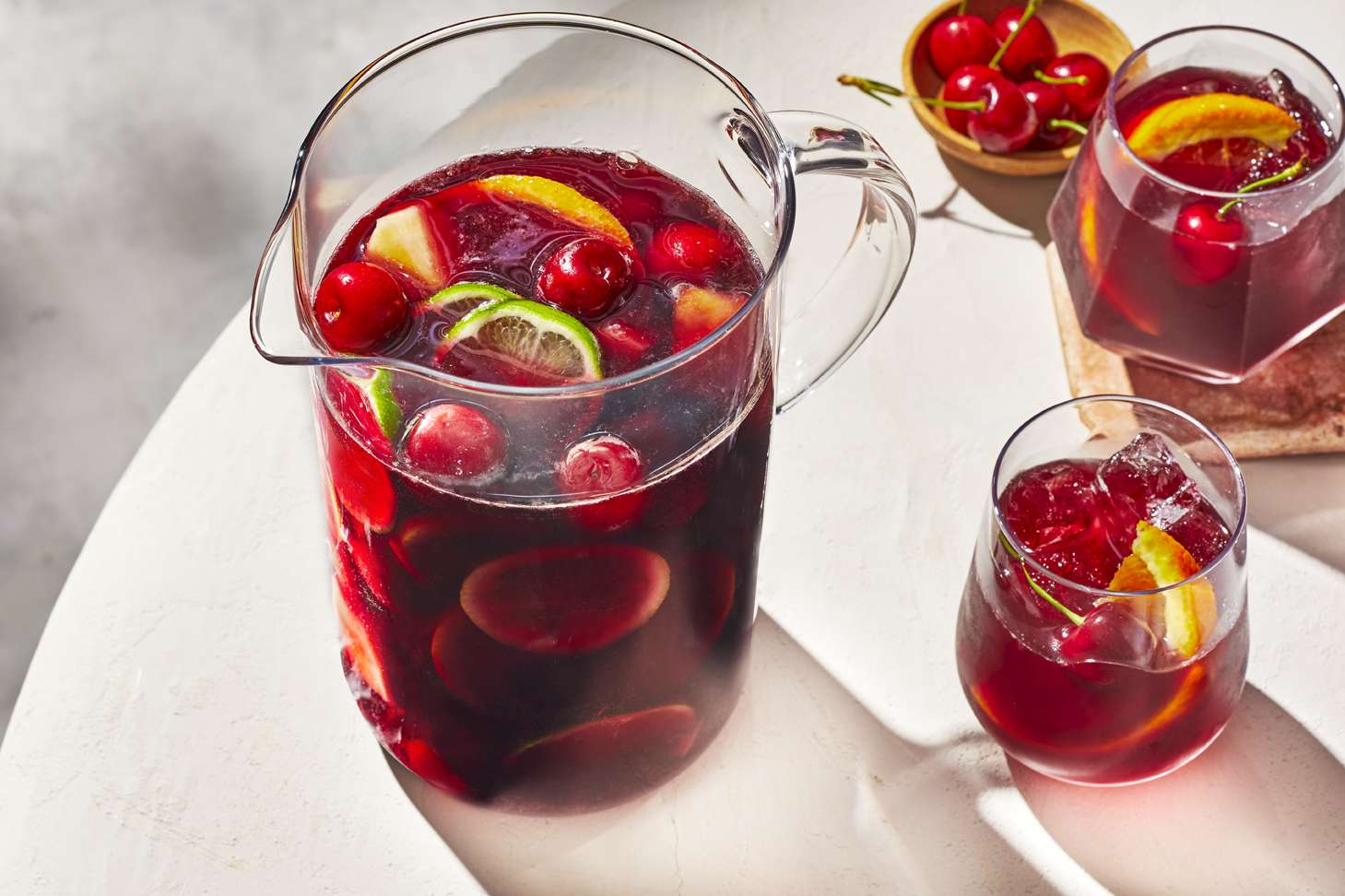
Sangria is a fruity Spanish cocktail made with red wine and chopped fruits such as pears, peaches, berries, apples, nectarines, or pineapple. The drink is often combined with sugar, orange juice, sparkling water, and even brandy. The ancestor of bloodletting is believed to be hippocras, a drink made with wine, sugar, and spices.
'Hippocras' was prepared by the early Greeks and Romans, who used alcohol to make the drink drinkable, as the water was usually full of bacteria and unsafe to drink. The name Sangría means bleeding in Spanish, referring to the red wine used in the preparation process.
Today, European law states that authentic sangria must be made in Spain or Portugal, and must contain less than 12% alcohol by volume. Although sangria is commonly served in bars and restaurants, where it is served in tall glasses and garnished with a slice of orange, especially in summer, the best versions are said to be made at home.
Chorizo
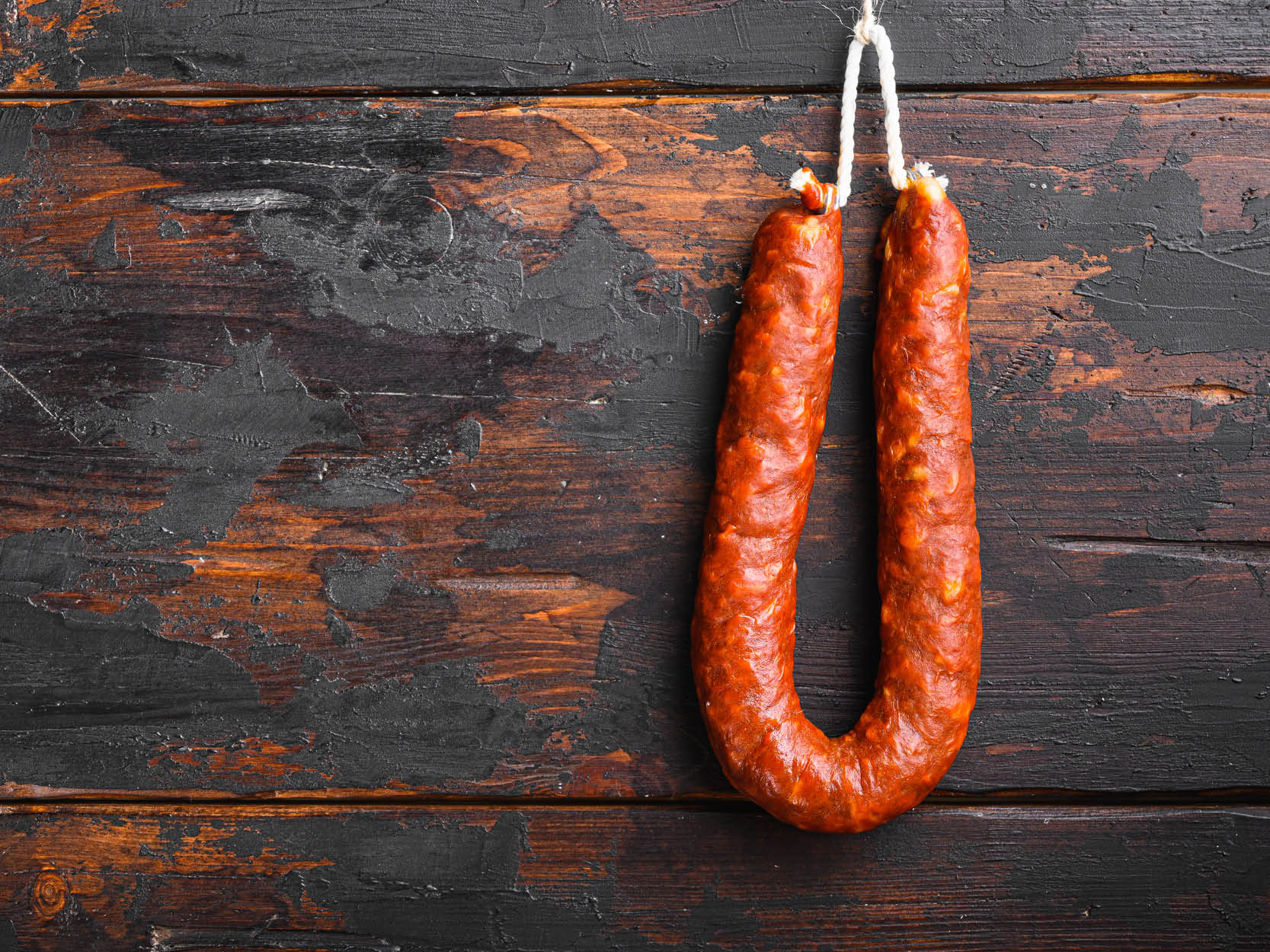
Chorizo is a Spanish sausage consisting of fatty, minced pork that is seasoned with paprika and sometimes garlic. The combination of these ingredients is stuffed into a natural skin casing. Chorizo is characterized by its red colour, due to the use of special paprika, which is the key ingredient that differentiates Spanish chorizo from other similar sausages.
It has a unique, abundant and sometimes spicy flavour. There are also different versions of chorizo in countries like Mexico, Puerto Rico, Ecuador, Panama, Argentina, Bolivia, Peru, Colombia and Uruguay. Some claim that chorizo has its origins in Catalan xoriço, while others say that it has roots in black pudding.
Churros
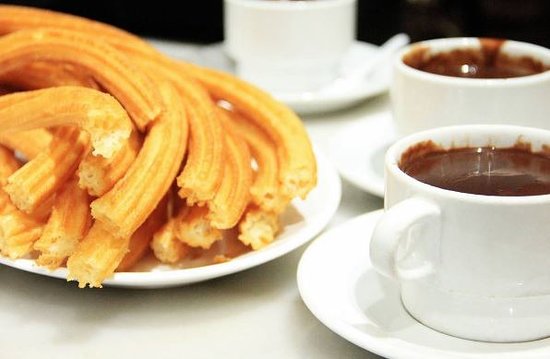
Long, crisp, crunchy, and intensely fragrant, churros consist of a yeast dough deep-fried and encrusted with sugar.
Originally invented by Spanish shepherds who could easily cook them in a skillet over an open fire, today these unusually shaped sugar-dusted twists are most commonly eaten in Spain and Latin America as a hot breakfast, accompanied by a strong cup of coffee or a cup of thick hot chocolate.
Its characteristic shape is achieved by pressing the dough through plastic tubes so that it comes out the other side in fine, fluted strings. Although churros are a Madrid speciality, those found in Seville are often praised for their lighter, more delicate texture. One of the best options to enjoy delicious churros in Spain is the Chocolatería San Ginés, located at Pasadizo de San Ginés, 5, it is a classic of Madrid culture. It has been operating since 1894 and is possibly one of the most international Spanish churrerías due to its locations in Shanghai, China and Colombia. Open 24 hours a day, 365 days a year.
Cocido
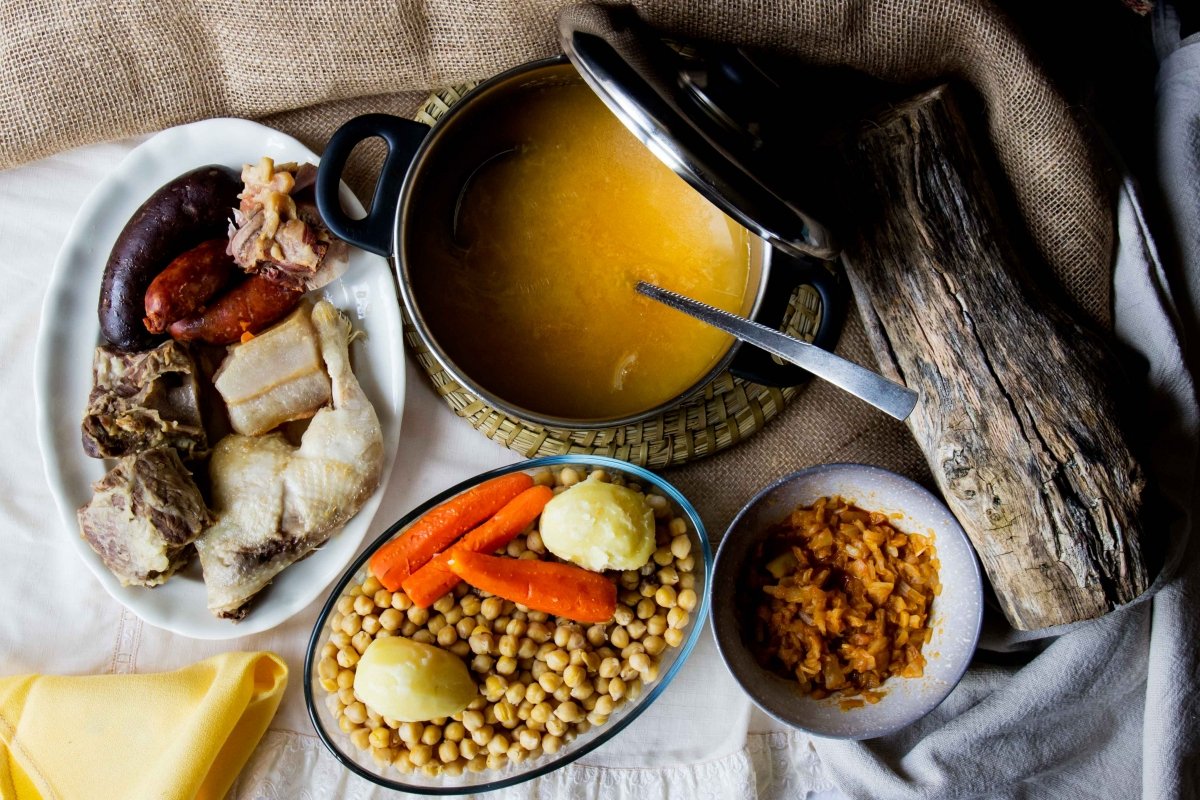
Cocido is a traditional Spanish stew with a wide range of regional varieties. It is also prepared and enjoyed in Portugal (cozido) and Brazil. The stew is made with a combination of various meats (or sometimes seafood) such as chicken, beef and pork along with cured and dried sausages, and vegetables such as carrots, chickpeas, potatoes, turnips, and cabbage. Many other ingredients such as eggs can also be added to the stew to enrich its flavours and textures.
Bocodillos
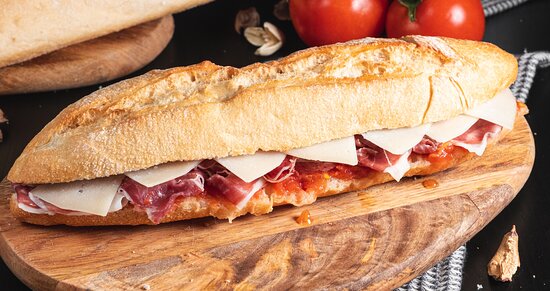
The famous Bocadillos or bocatas also hit the top scores! Spanish 'sandwiches' made with Spanish-style baguettes known as 'barra de pan', as opposed to regular sandwiches which are made with modern white bread, known as pan de molde in Spain. The most common fillings for sandwiches include meat, cheese, tuna, tortillas, ham, or chorizo.
These sandwiches can be found everywhere from bars and taverns to roadside eateries, but chances are you won't find one on a restaurant menu.